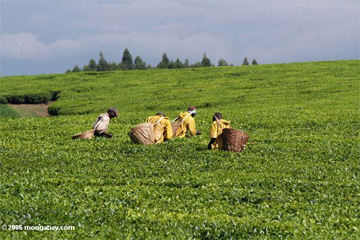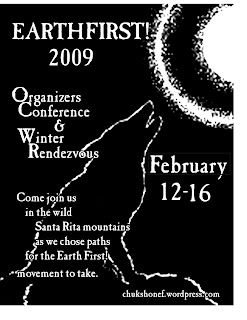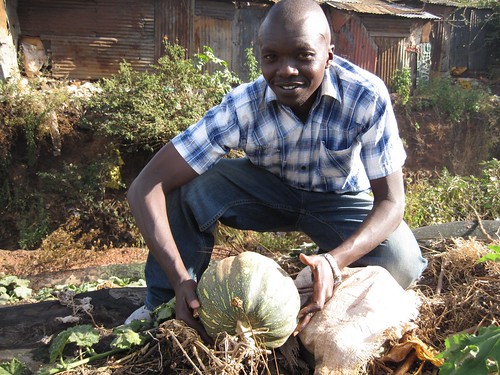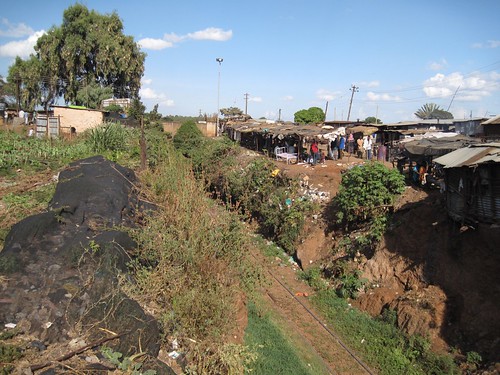Some happenings in and around lovely Moab, ye lovely neighbor to the west. Easy to get there, and spring is the best time to visit. Well, fall's not bad either. Check it out:
(shamelessly lifted from The Official Moab, Utah, 2009 Calendar of Events)
March 9, 2009
Banff Mountain Film Festival
The Banff Mountain Film Festival World Tour features the year's best films on mountain adventure and culture. 7:00 p.m. in the Grand County High School Auditorium (608 South 400 East). Tickets are $8 in advance and $10 at the door. Doors open at 6:15. Gear Raffle during Intermission. All proceeds benefit Utah Open Lands and stewardship at Castleton Tower. Ticket Outlets: Back of Beyond Books - Canyon Voyages - Pagan Mountaineering - Poison Spider Bikes. For more information email dderley@frontiernet.net or call 435-259-4859.
The tour heads to Durango on March 22.
[note: you can also enter a contest to win a trip to Nepal (heck yeah!) on the website: Banff Mountain Festival World Tour.]
March 14-16, 2009
Skinny Tire Festival
The three rides of the Skinny Tire Festival highlight Moab’s different road riding opportunities. The first day follows the mighty Colorado River corridor downstream passing by ancient puebloans petroglyphs. The next two days leave the valley and climb the beautiful canyon roads into red rock country to Dead Horse Point State Park and through Arches National Park. Channel the energy of riding through this grandeur of Moab’s canyon country by putting purpose behind your cycling. This event raises funds for cancer survivorship programs. For more information contact 435-259-2698 or visit www.SkinnyTireEvents.com.
March 28-29, 2009
For you runner nuts out there:
24 hours of Utah Team Relay and Solo Challenge – Experience the beautiful desert landscape of Moab, Utah while testing your own personal limits. This years race will be run on the beautiful Monitor and Merrimac trail 16 miles north of Moab. Racers will run 6 mile laps with approximately 430’ of climbing per loop. For more information visit our website at 24HourstheRun.com, or call 303-249-1112.
Coming up in early April is the much-loathed (okay, I'm editorializing here) Easter Jeep Tour. If you're really into running Jeeps with crazy monster huge tires all over the beautiful Moab area, well then, by all means, this is your thing. Or you could just go and throw eggs. Whatev. See here for info on how to further ruin the environment. Um, I mean, run a huge Jeep all over Moab and then drink beer. Not that I'm knocking beer. Beer: good. Big monster trucks in Moab: bad. Just my super humble thoughts, here.



























 I came across this article a couple of weeks ago, and it is actually posted on the WilderPress! blog site. It is a view on post- peak oil, post-civilization theory by environmental activist Jeffrey Free Luers. Luers is currently serving a 10 year prison sentence for his part in the arson of 3 SUV's in Eugene as a protest to deforestation, climate change, and excessive human consumption of natural resources. Jeffrey continues to remain active from prison and recently wrote an article entitled "Taking Power" that addresses issues of global energy decline, use of renewables, the collapse of modern civilization, and how localization and personal responsibility play into necessary future plans. While some of Luers' facts may be a little skewed I think the ideas are solid, and drastically important. Especially in an area like Durango, it is increasingly important that we focus on localization and sustainability. The days of products transported thousands, or even hundreds, of miles may well be over. We must return to a stronger sense of community and interdependence. We must meet our neighbors and furthermore begin to share with them- they may become much needed support in a future that promises to provide much less. Beyond just our needs it is important to focus on a reconnection to the land; to once again remember where our food comes from...to once again grow our own food, hunt, gather, build, invent, to once again get our damn hands dirty...I like to think of this as a new era of adult fort building! We should not feel threatened by the concept of localization, rather we ought to be excited, and relieved, to move into a lifestyle that is simpler, less chaotic, and more logical. Durango faces increased development in the future, and I believe it would be in our best interests to think long and hard about where we want this community to be in 10 years. In my mind sustainability does not equal growth, and growth does not necessarily equal progress. The future definition of progress will surely include a return to a simpler, more fulfilling life...
I came across this article a couple of weeks ago, and it is actually posted on the WilderPress! blog site. It is a view on post- peak oil, post-civilization theory by environmental activist Jeffrey Free Luers. Luers is currently serving a 10 year prison sentence for his part in the arson of 3 SUV's in Eugene as a protest to deforestation, climate change, and excessive human consumption of natural resources. Jeffrey continues to remain active from prison and recently wrote an article entitled "Taking Power" that addresses issues of global energy decline, use of renewables, the collapse of modern civilization, and how localization and personal responsibility play into necessary future plans. While some of Luers' facts may be a little skewed I think the ideas are solid, and drastically important. Especially in an area like Durango, it is increasingly important that we focus on localization and sustainability. The days of products transported thousands, or even hundreds, of miles may well be over. We must return to a stronger sense of community and interdependence. We must meet our neighbors and furthermore begin to share with them- they may become much needed support in a future that promises to provide much less. Beyond just our needs it is important to focus on a reconnection to the land; to once again remember where our food comes from...to once again grow our own food, hunt, gather, build, invent, to once again get our damn hands dirty...I like to think of this as a new era of adult fort building! We should not feel threatened by the concept of localization, rather we ought to be excited, and relieved, to move into a lifestyle that is simpler, less chaotic, and more logical. Durango faces increased development in the future, and I believe it would be in our best interests to think long and hard about where we want this community to be in 10 years. In my mind sustainability does not equal growth, and growth does not necessarily equal progress. The future definition of progress will surely include a return to a simpler, more fulfilling life...



